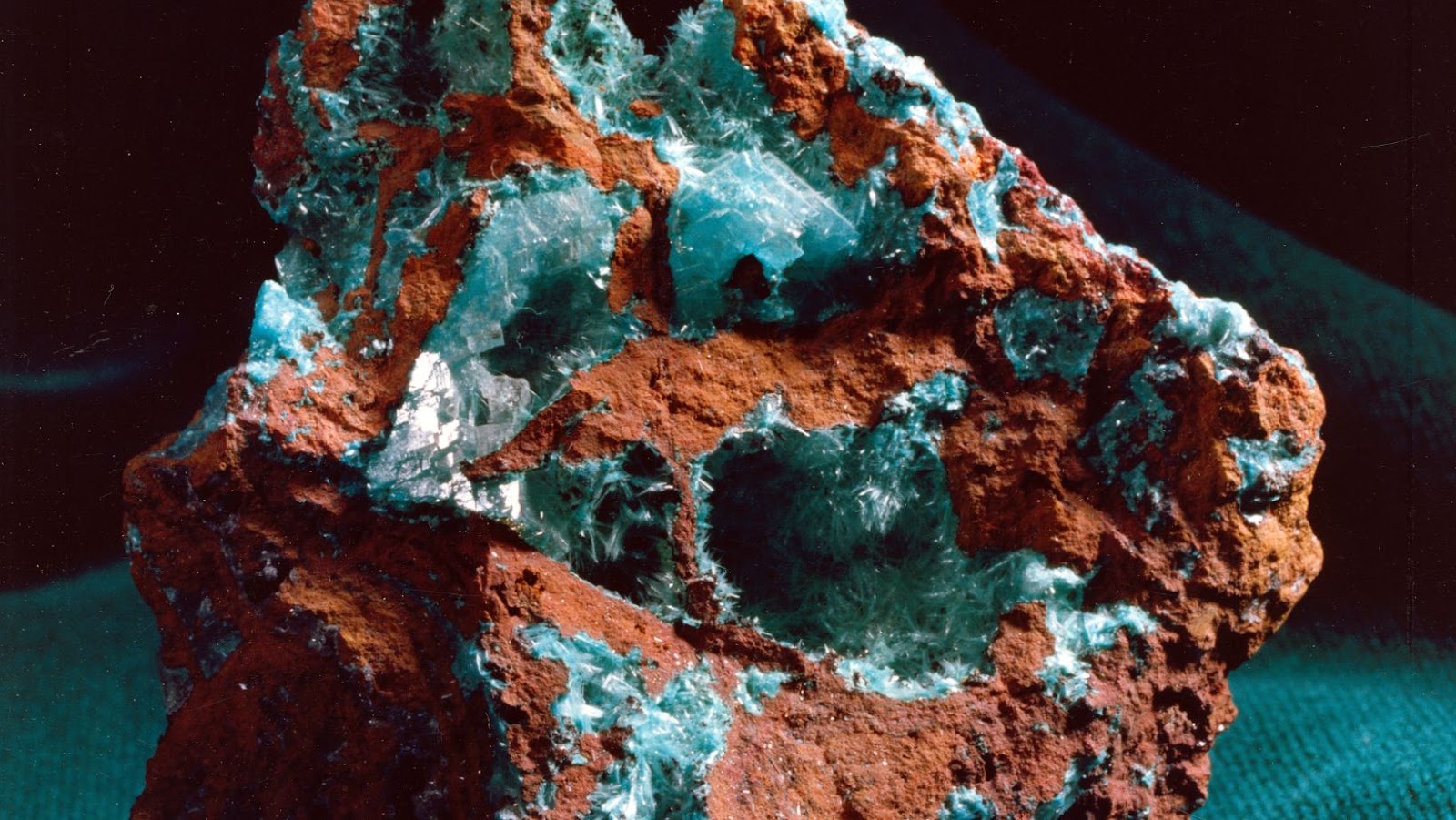
Clay minerals are some of the oldest on Earth, and they’ve played a role in human life for thousands of years. But what are clay minerals, exactly? And how did they come to be? This article explores the history and impact of clay minerals on our lives.
What are clay minerals and where do they come from?
Clay minerals are a type of mineral that is made up of small, flat particles. They are found all over the world, and they can be formed in a variety of ways. Clay minerals typically form when rocks break down into very small pieces. This can happen through weathering, erosion, or other natural processes.
How do clay minerals benefit humans and the environment?
Clay minerals can benefit humans and the environment in a number of ways. For example, they can help to improve soil quality and fertility. They can also help to filter and purify water, and they can be used to make ceramics and other products. Additionally, clay minerals can play a role in climate change mitigation by trapping carbon dioxide.
Primary clay minerals
There are two main types of clay minerals: primary and secondary. Primary clay minerals are the ones that form first, and they are typically very stable. Secondary clay minerals form later, and they are not as stable as primary clay minerals. They can be more easily affected by weathering and erosion, and they can also be more susceptible to chemical changes.
Secondary silicate clay minerals are dominated by the elements aluminum, oxygen, and silicon.
This means that the clay minerals found in this type of soil are mainly composed of aluminum, oxygen, and silicon. The world’s first clay minerals were formed over 4 billion years ago, and they continue to play an important role in our lives today. From improving soil quality to mitigating climate change, these humble minerals have a big impact on the world around us.
What are some of the unique properties of clay minerals?
Clay minerals have a number of unique properties that make them valuable to humans and the environment. They are very small, flat, and porous particles, which gives them a high surface area-to-volume ratio. This means that they can absorb a lot of water and other substances. They also have a low density, which makes them lightweight and easy to transport. Additionally, clay minerals are non-toxic and non-reactive, meaning they are safe to use in products and won’t harm the environment.
How can you use clay minerals in your everyday life?
There are a number of ways you can use clay minerals in your everyday life. For example, you can use them to improve soil quality and fertility. You can also use them to filter and purify water, and you can use them to make ceramics and other products. Additionally, clay minerals can play a role in climate change mitigation by trapping carbon dioxide.
Are there any risks associated with using clay minerals?
While clay minerals have a number of benefits, there are also some risks associated with their use. For example, they can clog waterways and damage ecosystems if they are not used properly. Additionally, they can be harmful if ingested in large quantities. So it is important to use clay minerals responsibly and according to the manufacturer’s instructions.
Clay minerals are a valuable resource that has been impacting our lives for billions of years. They play an important role in soil quality, water filtration, and climate change mitigation. Additionally, they are non-toxic and non-reactive, making them safe to use in products. There are a number of ways you can use clay minerals in your everyday life, so be sure to explore the possibilities!






